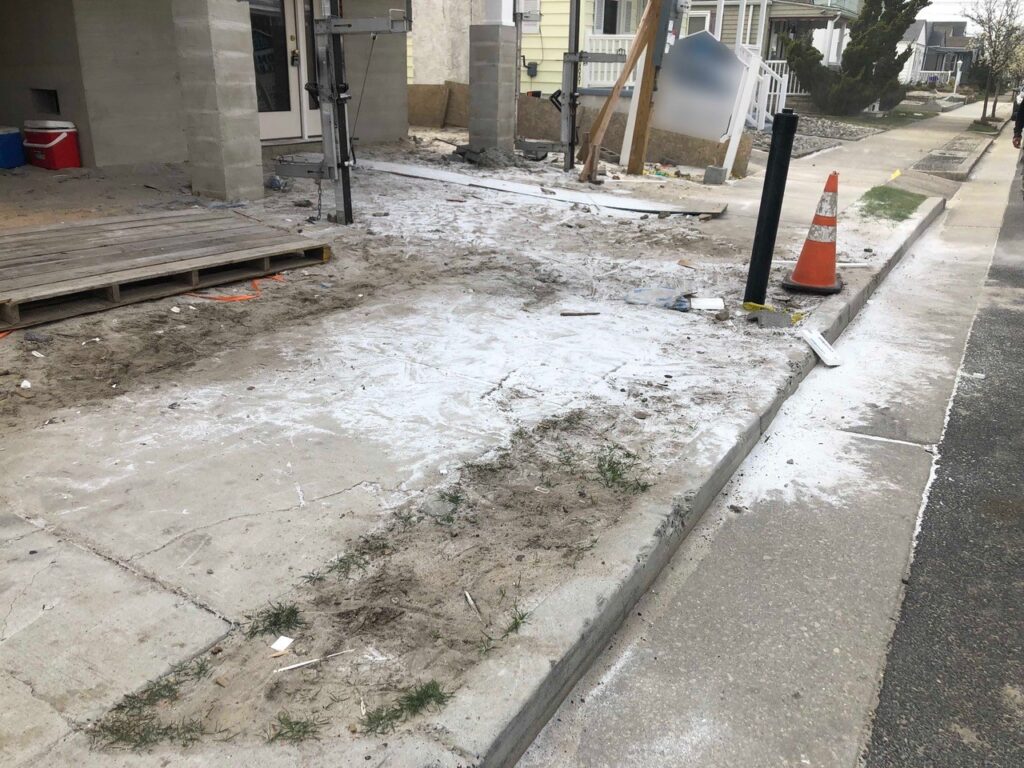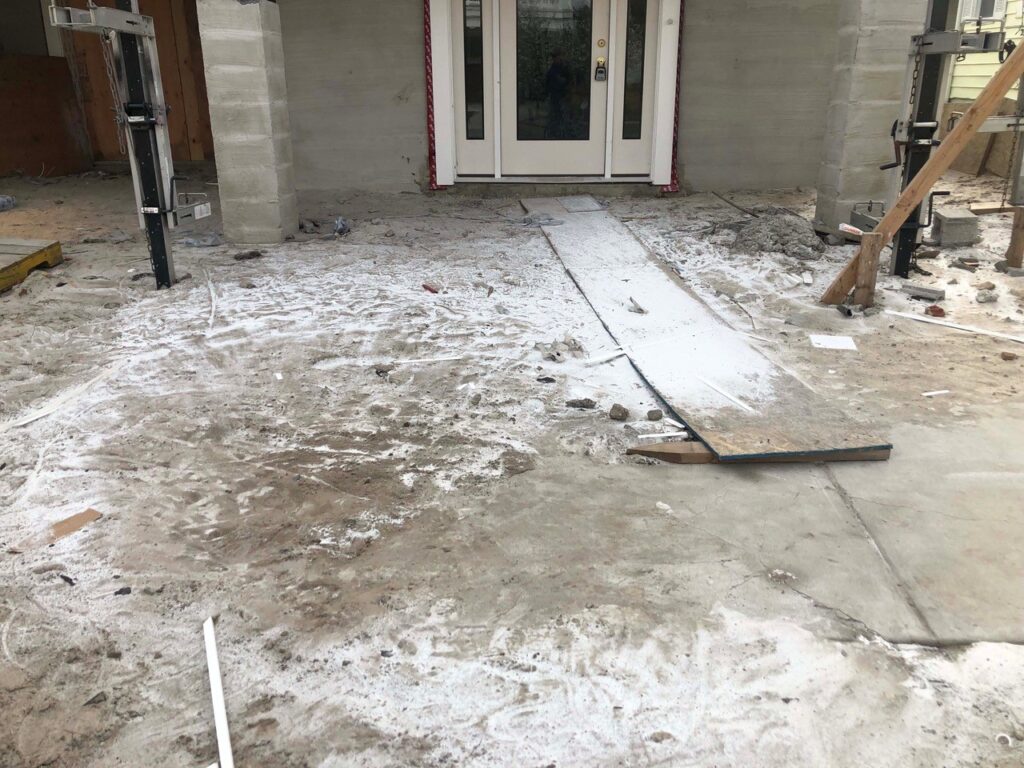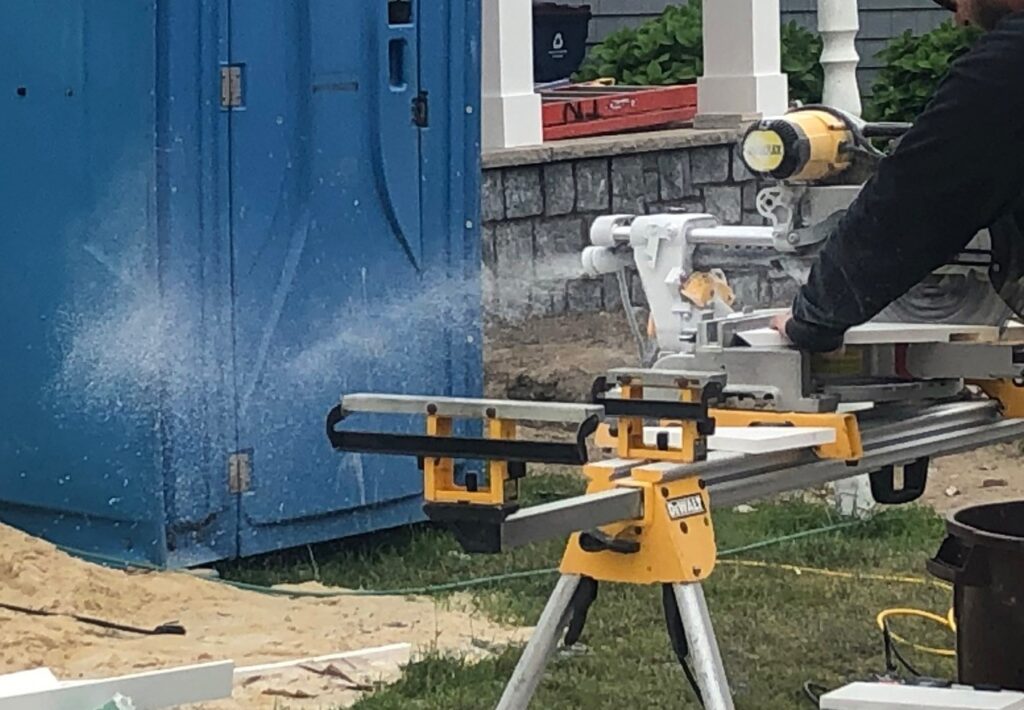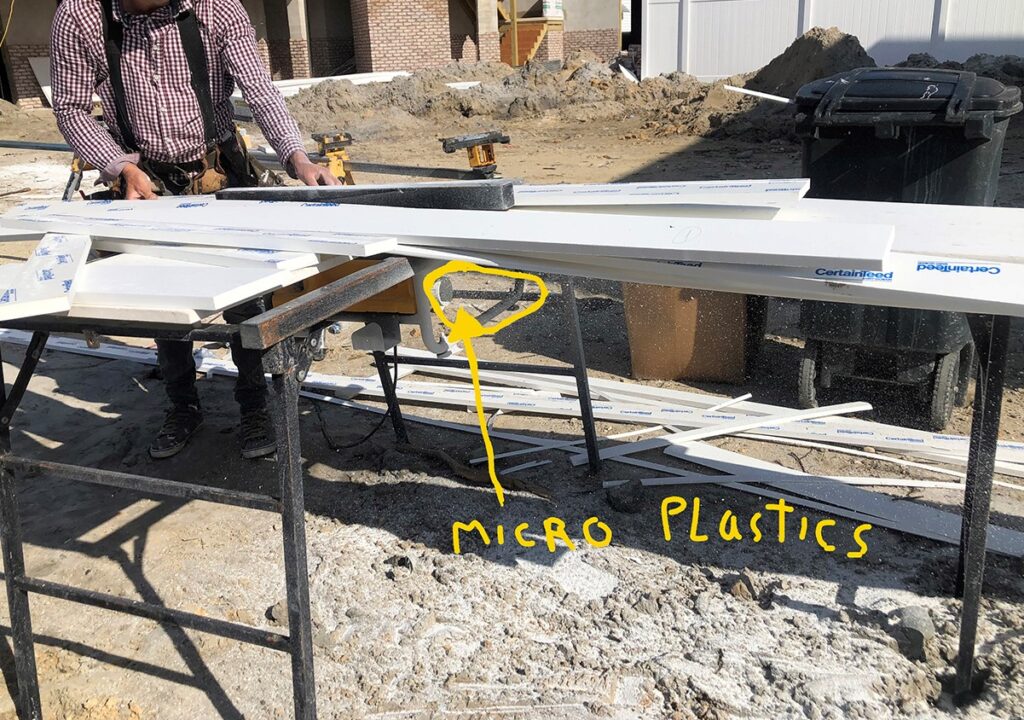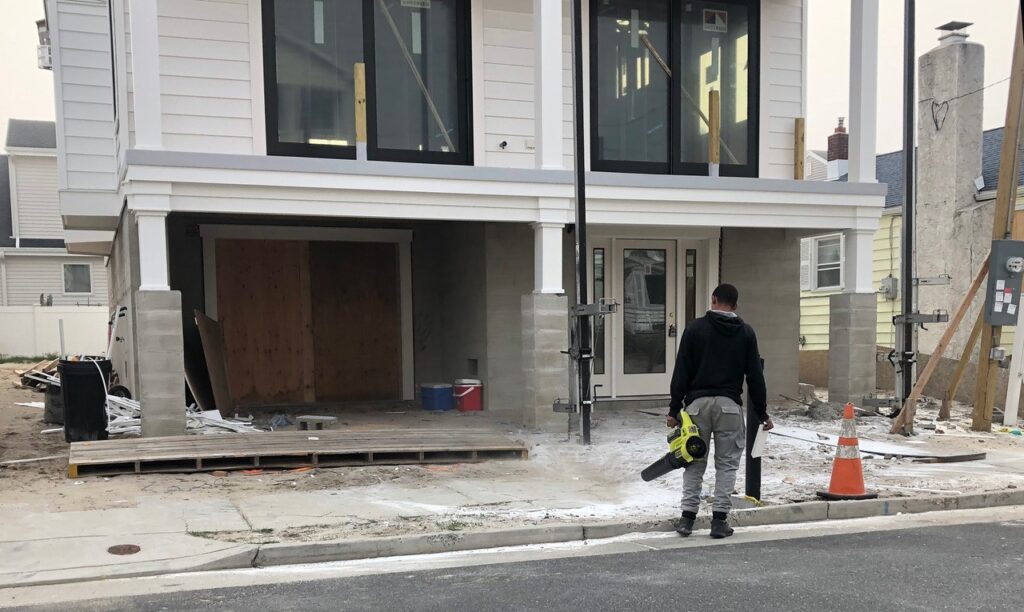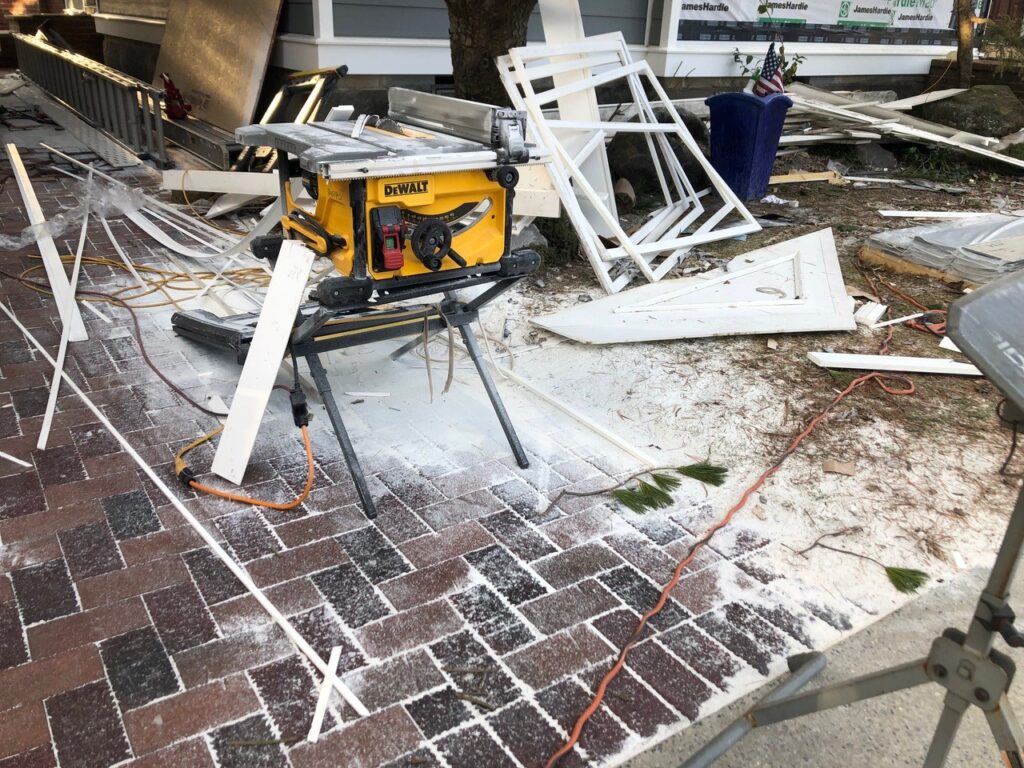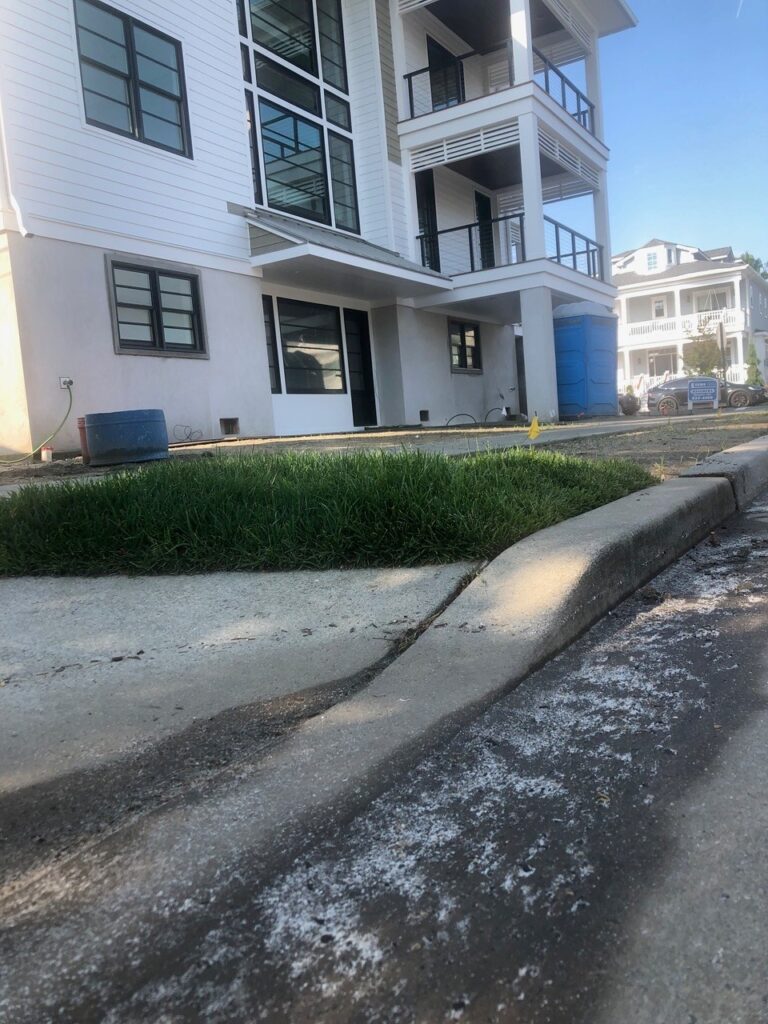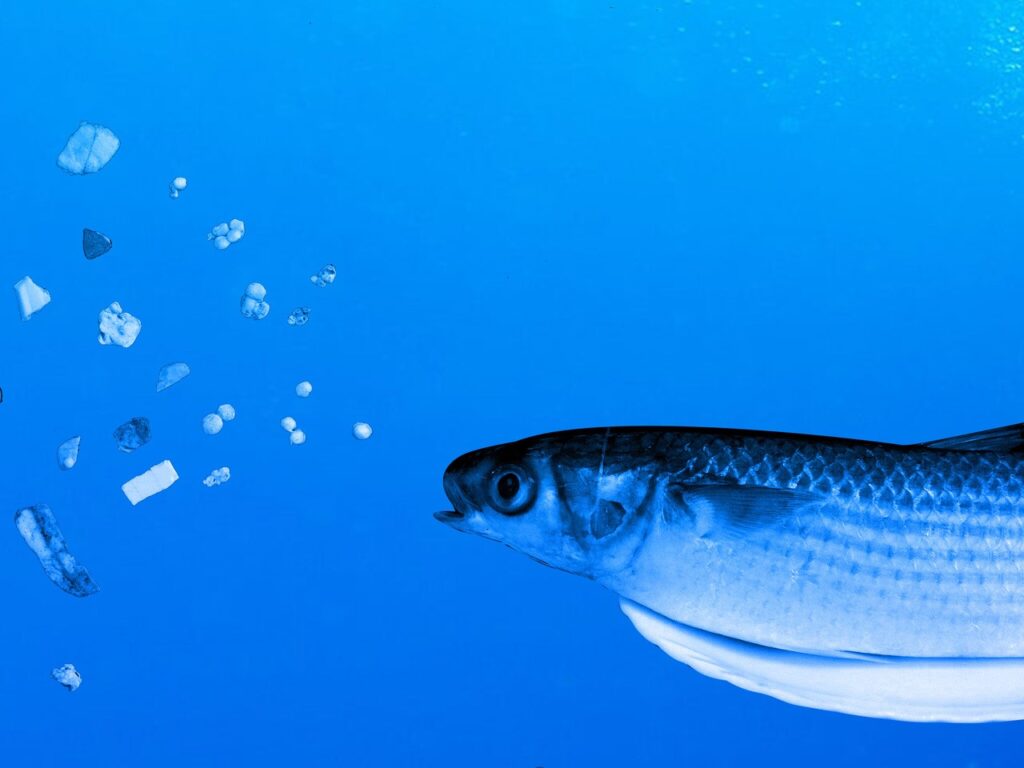 By NANETTE LoBIONDO GALLOWAY
By NANETTE LoBIONDO GALLOWAY
MARGATE – If you haven’t already noticed, there’s a building boom going on in Margate. Along with all the new construction comes the proliferation of dangerous microplastics generated at job sites.
Members of the Sustainable Margate green team asked the Board of Commissioners Oct. 19 to consider adopting regulations to deal with microplastics that get into the city’s stormwater system, which leads to the ocean and bay endangering marine life, and eventually, humans.
Green team member Sherri Lilienfeld, a real estate professional and former chemical engineer who has advocated on behalf of marine animals, said the city should be tightening its construction practices to protect the environment and water resources.
Lilienfeld said she left the chemical industry because she hated to see companies fail to address pollution issues. She currently offers consulting services to small start-up companies providing innovative solutions to environmental problems.
She presented the board with a photo essay prepared by green team Chairman Steve Jasiecki showing how modern day PVC and composite construction and plumbing materials, such as TREX and AZEK, are being cut on jobsites creating tiny shards of plastic that blow in the wind and wind up in storm drains. Margate’s stormwater management system brings rainwater to the ocean and bay.
“These plastic particles result from the cutting of plastic or composite materials such as AZEK , vinyl siding, decking materials, railings and pipes, which are widely used in construction,” she said. “They are non-biodegradable and can persist in the environment for hundreds or thousands of years. They become airborne, work their way into our soil, and into our water sources.”
It can also be inhaled and ingested, not only by construction workers, but also by neighbors, children and the general population.
When microplastics get into the marine ecosystem, it is ingested by fish and can enter the food chain posing a danger to humans.
Jasiecki said microplastics have been detected in marine organisms from plankton to whales, in commercial seafood and even in drinking water.
If contractors do not diligently clean up debris around their construction sites, contaminates will find their way onto streets and ultimately wind up in storm drains, she said.
“The long-term consequences of microplastics along with other forms of pollution on construction sites could be devastating not only for our current way of life, but for our future generations,” she said.
Lilienfeld prepared an ordinance addressing microplastics and other recyclable materials, such as cardboard and nails that find their way into tires.
The ordinance calls for contractors to use a vacuum attachment on saws to minimize the release of dust and microplastics, perform sawing in a confined space to facilitate easy cleanup, use tarps under power tools to catch debris and clean up work areas at day’s end to ensure the particles do not pollute the area.
The ordinance would also prohibit contractors from blowing debris into storm drains, require them to properly dispose of the materials, and recycle cardboard and other materials according to trash disposal and recycling ordinances.
The city would do inspections of job sites to ensure compliance. It would be up to the commission to determine penalties and fines.
“It’s a public education thing,” Lilienfeld said. “Some contractors don’t even realize what they are doing to the environment.”
By implementing measures in the ordinance, Margate can set an example for other municipalities working toward a clean and sustainable future, green team members said.
Jasiecki, a member of the city’s Planning Board who is an avid kayaker, scuba diver and photographer, said he sees microplastic dust or what some people call, “contractor snow,” floating on the surface of the water when he is on his kayak.
Because there is very little in the way of data sheets or recommendations on plastics manufacturing websites, the team came up with their own language for the ordinance.
“I actually see this stuff floating on the water when I’m kayaking,” he said. “We can set a precedent for other communities.”
The board listened but failed to weigh-in on the issue during the meeting.
Lilienfeld said the draft ordinance was forwarded to city solicitor John Scott Abbott for review and consideration. In the meantime, the green team has created a flyer about the issue that is being distributed to contractors in the city’s Building Department.
“Taking preventive measures will build awareness and help slow down this growing global problem,” Jasiecki said.
For more on microplastics, see http://oceanservice.noaa.gov/facts/microplastics.html
Copyright Mediawize, LLC 2023


